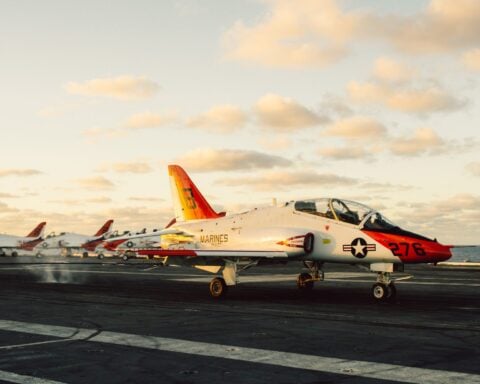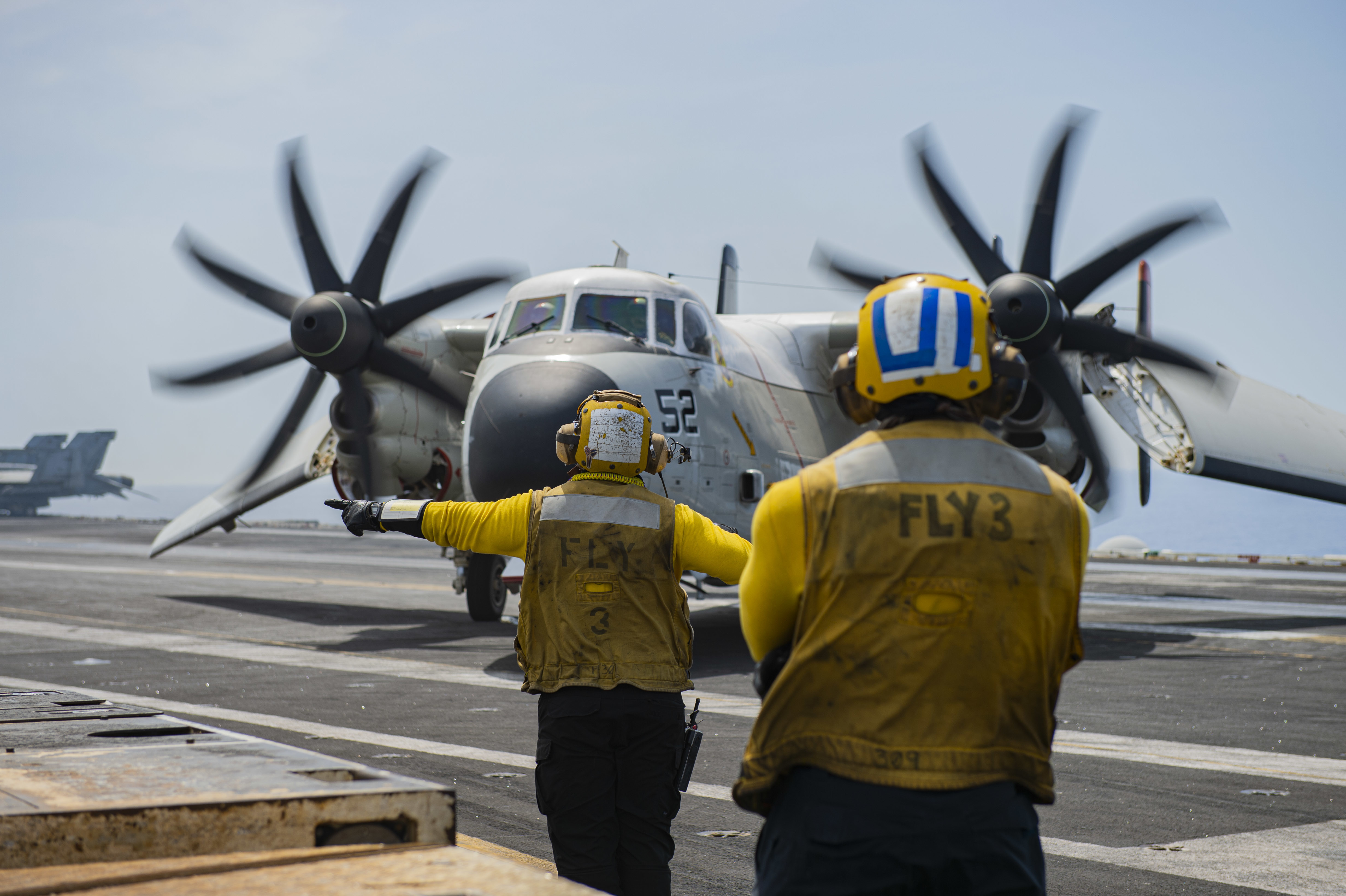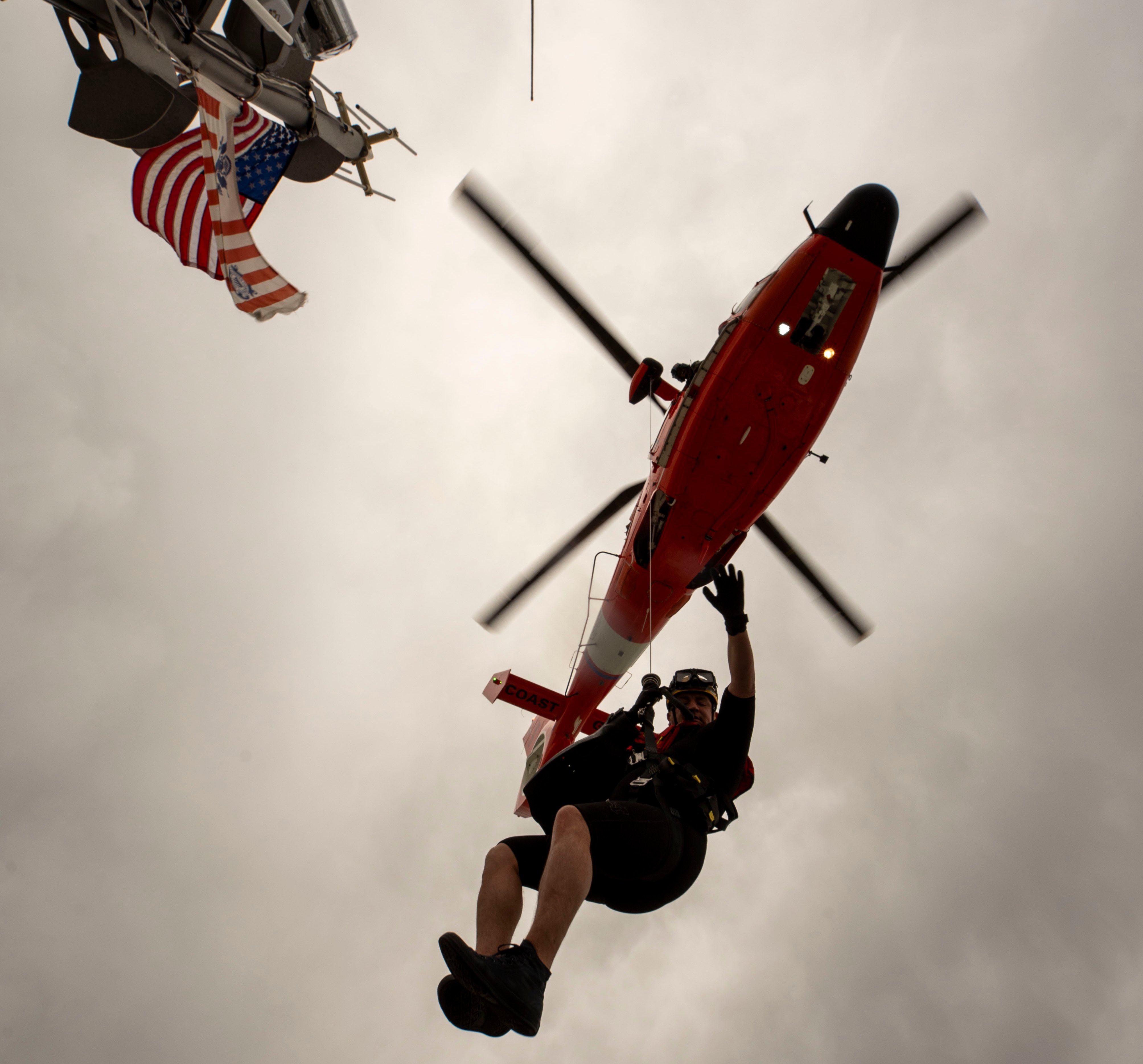The Navy has outlined the specifications for the Unmanned Carrier Launched Surveillance and Strike (UCLASS) in a requirements document obtained by USNI News.
Persistence:
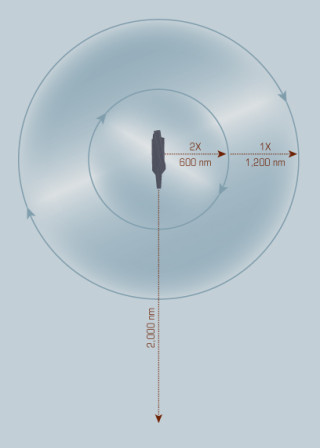
A UCLASS system should be able to conduct two orbits at 600 nautical
miles or one orbit at 1,200 nautical miles. The system should also be
able to conduct a strike mission at 2,000 nautical miles.
Carrier Suitability:
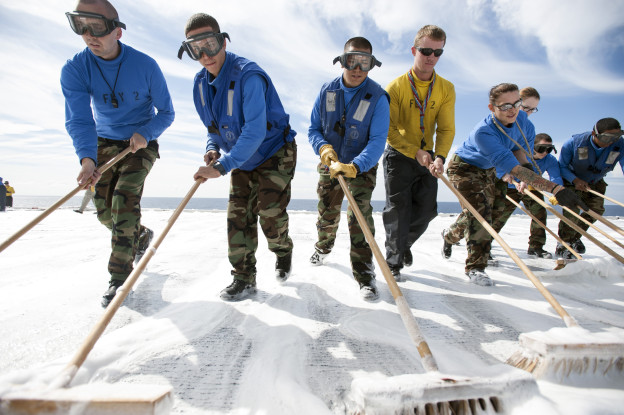
Compatible with Carrier Air Wing (CVW) and nuclear carrier (CVN) while
conducting maintenance, flight deck and air operations and be able to
takeoff and land in seas at a minimum of up to four-foot waves (Sea
State 3) and a maximum of 29 foot seas (Sea State 7).
Payload:
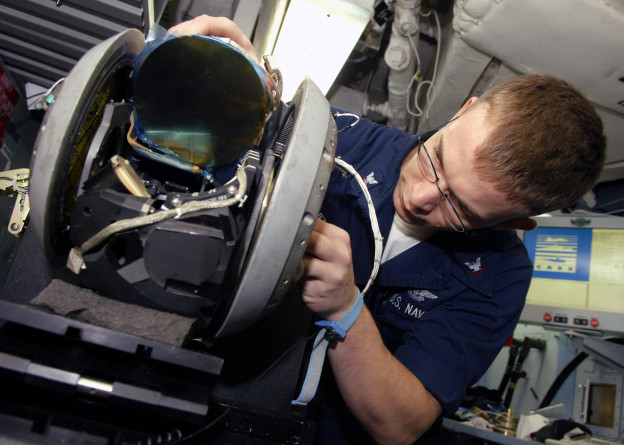
UCLASS requirements call for the aircraft to have a 3,000-pound
payload and — at a minimum —integrated electro-optic/infrared
surveillance and signals intelligence capability similar to the
current MQ-1 Predator and MQ-9B Reaper. On the high end, the Navy
wants UCLASS to moving target indicator, synthetic aperture radar and
maritime specific radar. The payloads should be modular and easily
swapped depending on the mission.
Weapons:
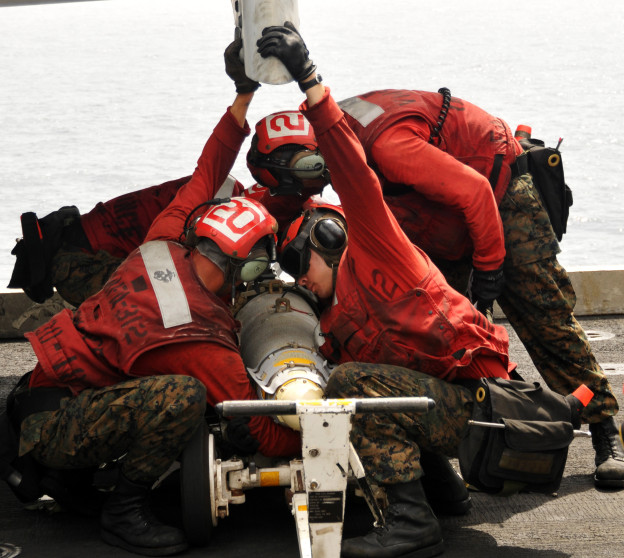
As part of the baseline 3,000-pound payload, UCLASS is required to
carry at least 1,000 pounds of existing carrier weapons. Ideally the
Navy wants more weapons on the UCLASS and the ability to carry the
500-pound Joint Direct Attack Munitions (JDAM) and Small Diameter Bomb II.
The Navy has indicated the aircraft should have a self-protection
payload, though it’s not clear if that entails decoys and other counter measures.
Net Ready:
UCLASS should be compatible with existing communications systems —
both line of sight and beyond line of sight — and be able to
handed-off between different ground and sea based operators over
encrypted networks. UCLASS will also be compatible with the Navy’s
planned Joint Aerial layer Network-Maritime — a system that plans to
create a communications and sensor network if satellites networks go
down.
Low Observability and Survivability:
While not stealthy at the same level of the B-2 Spirit bomber or the
F-35 Lighting II Joint Strike Fighter, the Navy wants UCLASS to have
some low observable characteristics — enough to allow it to preform
strike missions in lightly contested areas. In high-end conflicts,
UCLASS will provide sensor and targeting data to neighboring aircraft and ships.
The Contenders:
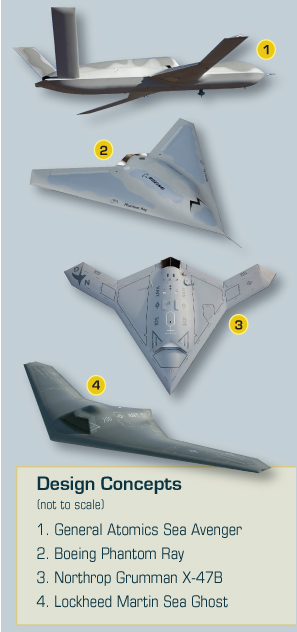
Four companies have expressed interest in the UCLASS program.
Outside of Northrop’s X-47B, which the Navy is currently using for carrier testing, little is known about the other offers from Boeing, Lockheed Martin and General Atomics.



